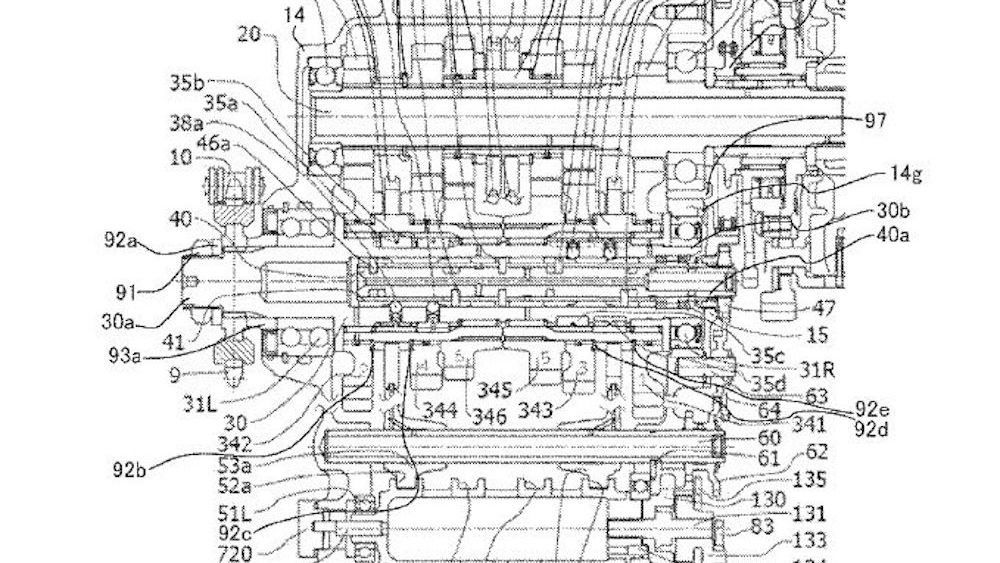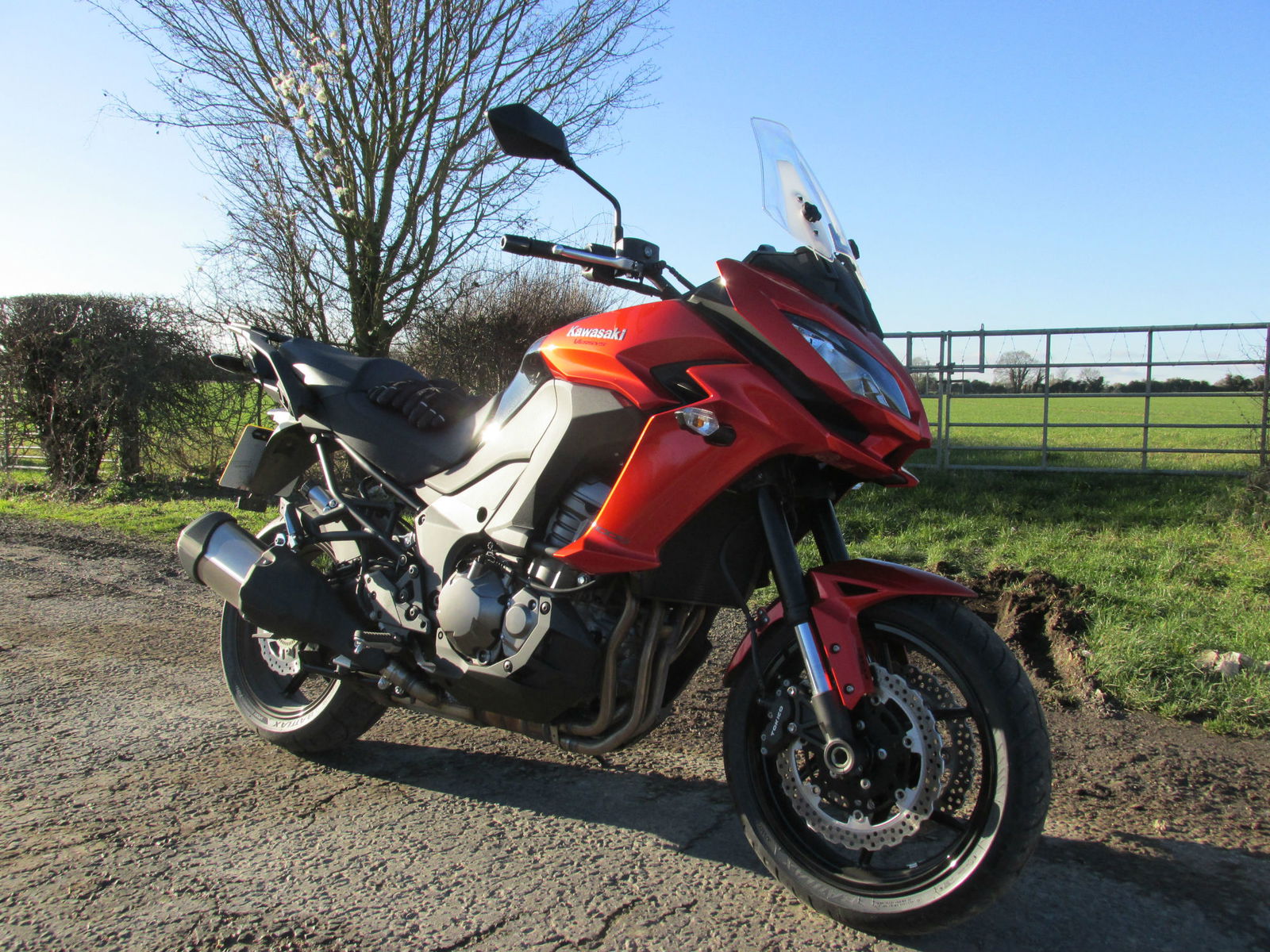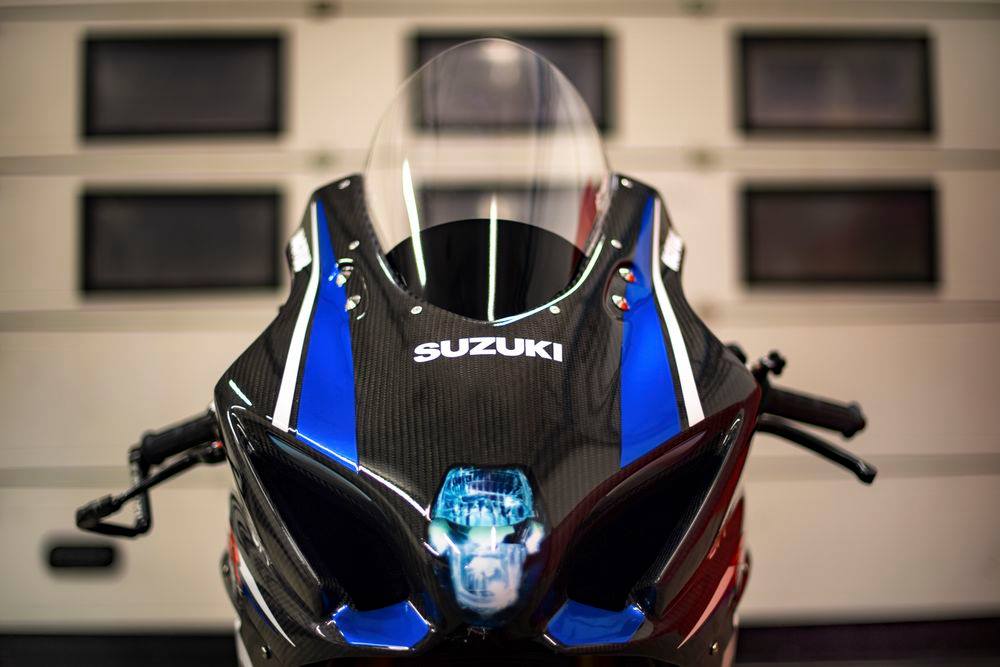Yamaha’s seamless transmission plans
Patent shows seamless transmission in an R1

A FEW years ago ‘seamless’ transmissions were the big talk of the MotoGP paddock – with first Honda and then all its rivals jumping in with top-secret designs that allowed clutchless changes with no break in power delivery.
Now it looks like we might finally be in line to get something similar on road-going bikes, with Yamaha filing a patent application for a seamless-shift gearbox design, shown fitted to the engine of an R1.

The patent itself is mind-bogglingly complex – if you’re enough of an expert you can read it here– but the general intention appears to be the same as other seamless transmissions. That means it’s designed to keep a constant flow of power reaching the rear wheel even when you’re in the midst of a gearshift.
You might think that the quickshift systems that are spreading fast through current production bikes already achieve this, but in reality they still momentarily disconnect drive during shifts. On street bikes, only CVT transmissions as used by scooters and Honda’s dual-clutch DCT system, used on some VFR1200 and NC750 models and the new Gold Wing, actually allow truly seamless drive. The systems used in MotoGP use loads of small pawls inside the gear wheels, which lock and unlock the gears in a 'ratchet' fashion, so you can briefly have two gears engaged at the same time, but the slower gear freewheels on the pawls, meaning there's no interruption in drive at all.
The Yamaha design is intended to avoid the extra weight and the push-button gearshift of Honda’s DCT, instead keeping a normal, hand-controlled clutch and mechanical, foot-operated change. But it allows two gears to be briefly engaged at the same time, so drive is transferred from one to the other without any let-up.
The British Zeroshift gearbox system manages a similar trick, and has been a feature of the Aprilia MotoGP bike since 2015. Other MotoGP systems are cloaked in secrecy, but probably operate using variations on the same idea that’s seen in Yamaha’s patent application.
There’s no question that seamless-shift transmissions improve lap times in MotoGP, but the value of the systems on road bikes aren’t as clear. If you’re not trying to make up every last fraction of a second, you probably don’t need one. But if Yamaha can make a seamless gearbox cheaply enough to become a viable option on a road-going R1, it means that it will also be able to use it in production-based racing like WSB.
Of course, a patent application is still a far cry from a showroom-ready bike, but it’s a useful indication as to the direction Yamaha is looking in.

